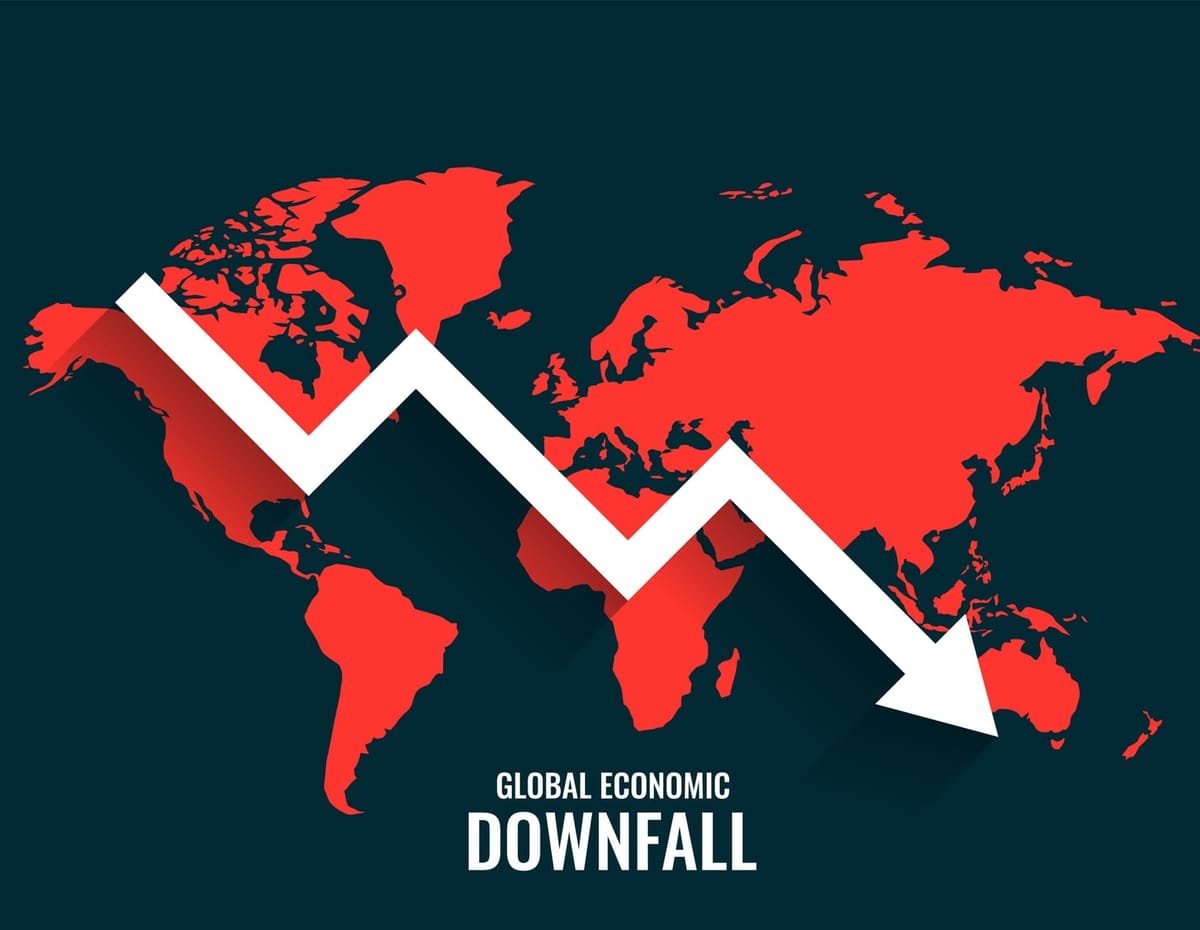Global Markets in Turmoil: What It Means for Businesses and Consumers

A Market Shake-Up in 2025
The first quarter of 2025 has upended long-standing market trends, sending shockwaves through global economies. The once-dominant U.S. stock market has stumbled. The S&P 500 tumbled 4.6%, its worst performance since 2022, while European stocks soared. The Stoxx 600 outperformed the S&P 500 by 17 percentage points, marking the widest gap ever recorded.
China has also staged an unexpected comeback. The MSCI China Index surged over 30% since last August, fueled by groundbreaking advancements in artificial intelligence and a renewed investor appetite. Meanwhile, the once-dominant "Magnificent Seven" tech stocks have seen $2 trillion wiped from their market value, with Nvidia down over 20% and Tesla dropping more than 30%.
Amid the uncertainty, investors are seeking safety. Gold has surged 19%, hitting its highest price since 1986, while industrial metals like copper have seen sharp price increases due to trade concerns.
Trade Wars and Market Reactions
The latest shake-up isn’t just about market performance. it’s also driven by policy changes. President Trump’s new tariff plan is adding pressure, introducing a 10% tariff on all imports and even steeper rates on specific regions: 54% on Chinese goods, 20% on European products, and 24% on Japanese imports. The announcement sent U.S. stock futures down 3%, while Treasury yields hit a six-month low signs of growing investor unease. Meanwhile, European and Chinese markets have emerged as unexpected winners as global investors diversify away from the U.S.
What This Means for Consumers
These market shifts are making everyday life more expensive. Higher tariffs mean rising prices on essentials like electronics, cars, and groceries. Businesses facing increased costs may either absorb the hit or pass it on to consumers, further driving up inflation.
Financing big purchases is also getting tougher. Economic uncertainty has led banks to tighten lending, making it harder to get mortgages, business loans, and credit approvals. With higher prices and tighter credit, consumers may delay major purchases like homes, vacations, and high-end goods. Meanwhile, investors are pulling money from volatile stocks and shifting toward gold and commodities, which have seen a surge in demand.
How Businesses and Founders Can Stay Ahead
Companies must be proactive to navigate these challenges. Diversifying supply chains can help businesses reduce reliance on heavily taxed imports and minimize risks. Many companies in the U.S. are also focusing on locally made products to attract customers looking to avoid high import costs. For example, some American businesses are promoting "Made in the USA" branding to appeal to buyers who want to support local jobs and industries, especially as imported goods become more expensive due to tariffs. This trend is not unique to the U.S.; businesses in other countries facing similar trade restrictions may also benefit from emphasizing domestic production and sourcing.
To keep revenue steady despite economic uncertainty, businesses can offer installment plans and buy-now-pay-later (BNPL) options, making products more accessible to cost-conscious consumers. Meanwhile, investors looking for stability are flocking to commodities and precious metals, creating potential growth opportunities in those sectors.
Automation and AI are also becoming essential tools for survival. Businesses that invest in smart technology to cut costs and improve efficiency will be in a stronger position to weather uncertainty and drive long-term growth.
Looking Ahead: The Key to Thriving in Uncertainty
The global economy is shifting rapidly, but businesses that stay flexible, innovative, and data-driven will emerge stronger. Companies that streamline operations, embrace AI, and rethink pricing strategies will gain a competitive advantage. In uncertain times, success belongs to those who adapt quickly and make strategic decisions based on market trends.





